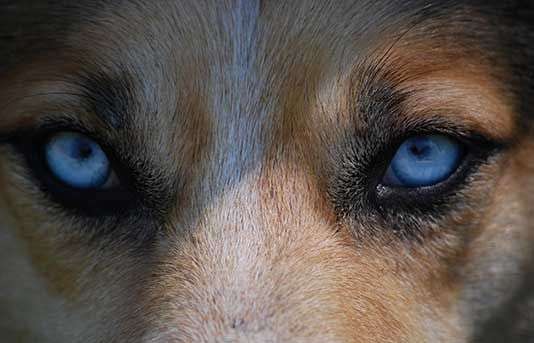Our collective guilt is leading to a rise in werewolf sightings, says expert

The collective cultural memory of wiping out the UK's native wolf population could be behind a spate of recent werewolf sightings in Hull according to an academic expert at the University of Hertfordshire.
In 2017, Hull will be the UK's Capital of Culture, but in recent months something much more sinister and supernatural has been linked with the Yorkshire city: werewolves. There have been several reported sightings of one werewolf in particular over the past year including one of the creature eating a German Sheppard.
The Beast of Barnston Drain
Local legend says the creature measures 8ft tall and is known as the 'Beast of Barnston Drain' or 'Old Stinker', because of its bad breath. According to local historians and folklorists, it is a myth that dates back more than 200 years in the area. The location of the sightings is also close to the East Yorkshire Wolds, a part of the county that was home to some of England's last native wolves and Dr Sam George, a gothic scholar and literary expert who was speaking at The Gothic North Symposium, thinks there could be a connection.
Dr George, who was behind the UK's first 'International Werewolf Conference' at the University of Hertfordshire last year, says: 'I often get asked what causes belief in werewolfism, but what is most pertinent and magical about this latest folk panic is that 'Old Stinker' is thought to inhabit a landscape which saw some of the last wolves in England. I argue that he represents, not our belief in him as a supernatural shapeshifter, but our collective guilt at the extinction of an entire indigenous species.'
'...the last wolves'
But far from wanting to dispel the 'Old Stinker' legend and write it off as a figment of people's imagination, Dr George says it's important to understand people's fears and explore their deeper meanings, adding : 'Far from dismissing the myth, my instincts are to embrace it and see it as a manifestation of our cultural memory around wolves.
'The 'Old Stinker' story tells us that belief in werewolves lives on beyond the actual lives of the wolves who were thought to inspire them. Rather than being dismissed as a rather fishy tale, 'Old Stinker', can allow us to lament the last wolves who ran free in English forests centuries ago.'
Big bad wolf
And rather than fearing 'the big bad wolf', Dr George says we should celebrate the folklore and even use it to remind ourselves of the impact we as humans can have on our natural environment: 'Far from being a curse, 'Old Stinker' is a gift; he can reawaken the memory of what humans did to wolves, draw attention to re-wilding debates, and redeem the big bad wolf that filled our childhood nightmares, reminding us that it is often humans, not wolves or the supernatural, that we should be afraid of.'
Provided by University of Hertfordshire















